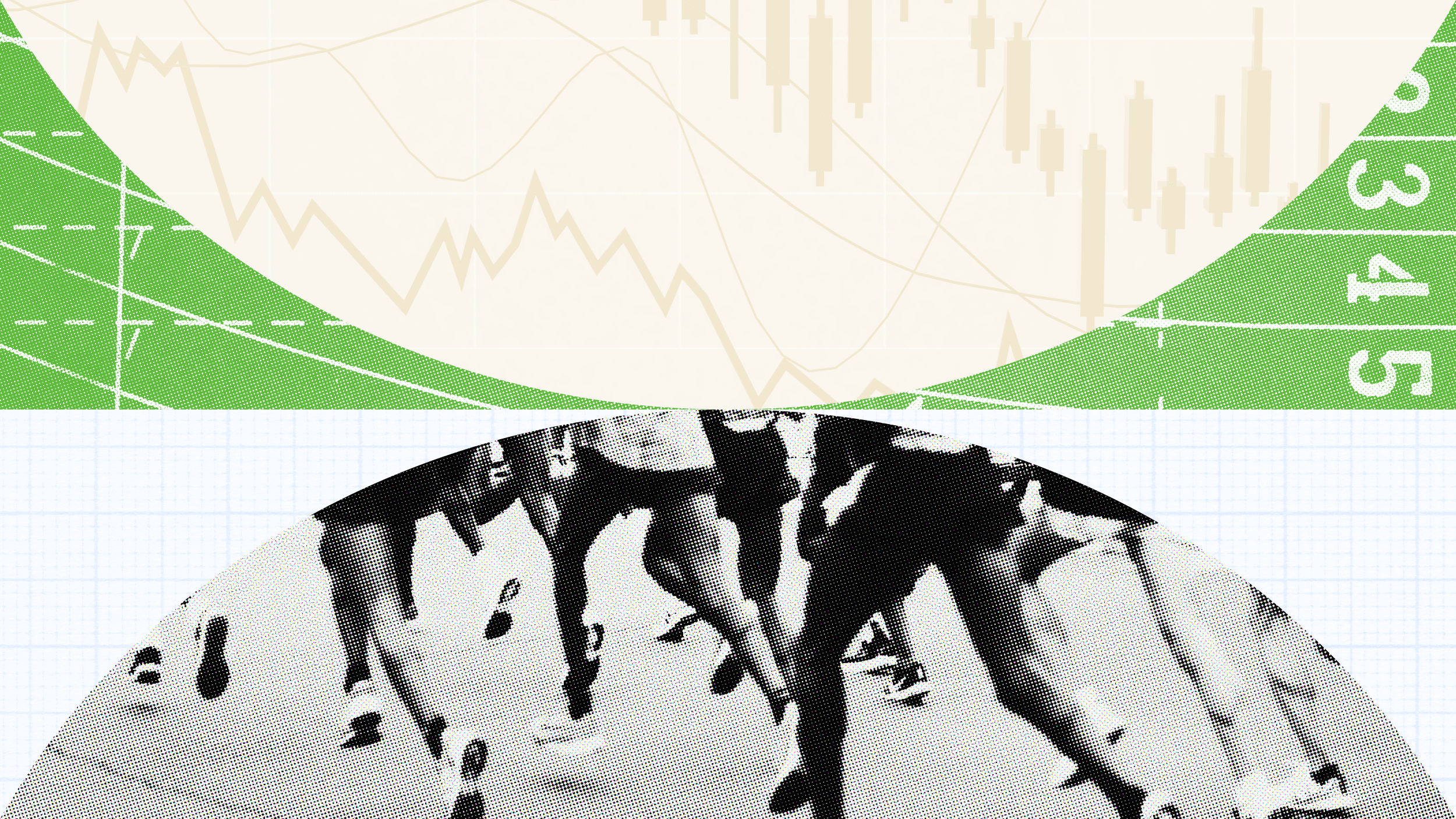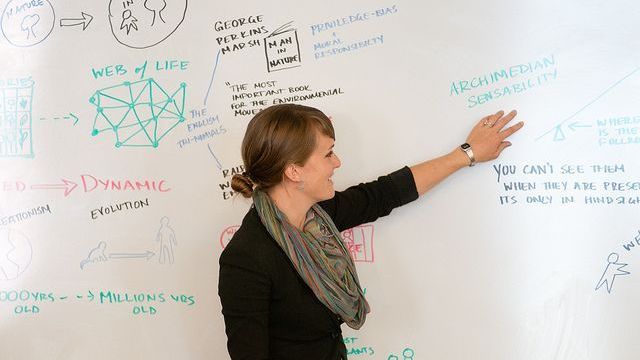The Art of Gratitude

Shortly after being hired by Equinox Fitness in 2004, the manager at one New York City club called a meeting for movement instructors of every discipline. Gathered one afternoon in the 19th St gym, he discussed the our psychological patterns while leading classes.
Say you have 50 people in the studio, and 49 of them are having the class of their lives. They’re moving with you, fully engaged—they’re just in it. And you have one person in the corner who’s not paying attention, looking outside the room, not totally in it. And your mind keeps focusing on that one person.
It was one of those moments where I thought, ‘So I’m not the only one?’ Everyone in the room laughed in acknowledgement. Oddly, that’s how our brains often work: we focus on the one little thing not perfect in the corner instead of devoting attention to all that’s going right.
Gratitude is a discipline, one that can be challenging to instill. There’s an evolutionary reason to focus on what’s not right, and a good one at that: one false move can end in our demise. The anxiety of our ancestors was much greater than ours today and still we seem unable to control those nasty spikes in cortisol. While it turns out there’s evolutionary value in that too, for the most part, we fall victim to focusing on what’s not exactly what we wanted it to be.
In Hardwiring Happiness, neuropsychologist Rick Hanson found that people who meditate on gratitude rewire neural pathways to strengthen their connection to this emotion. Over time, this synaptic plasticity changes your reactions situations, making you grateful instead of recoiling or lashing out when confronted with challenging emotional content.
In over eight years of research, Dr. Robert Emmons at the University of California, Davis found having an ‘attitude of gratitude’ improves emotional and physical health, as well as strengthens relationships and communities. One of his studies revealed that people who kept a gratitude journal exercised more frequently, reported fewer physical symptoms of pain and were more optimistic about the upcoming week, compared to those who kept journals that were either neutral or that allowed them to complain. He also found that those who kept gratitude lists made greater strides in progressing towards personal goals over a two-month period.
In another study Emmons conducted with young adults practicing daily gratitude exercises, those who partook reported higher levels of alertness, enthusiasm, determination, attentiveness and energy compared to the control group, who were either told to focus on downward social comparisons or that they were better off than others.
One key of understanding how gratitude works resides in forgetting about the popular notion that our thoughts influence reality beyond our means. Formerly called sympathetic magic, Barbara Ehrenreich writes about this phenomenon that The Secret among others popularized,
Thoughts are not objects with mass; they are patterns of neuronal firing within the brain…if they were exerting some sort of gravitational force on material objects around them, it would be difficult to take off one’s hat.
Focusing on gratitude during meditation (and subsequently in our lives) changes our outlook on life, not life itself. This is what helps making it through the day more pleasant, what makes even daunting tasks seem accomplishable. This is not to deny problems we may have in our lives; it’s simply disciplining ourselves to not devote mental energy towards them when unnecessary.
Techniques like gratitude meditations and journaling help us reorient the way we move about the world—more appreciative, less bogged in misery. This form of meditation has also been shown to weaken the ‘me’ system in our brains, giving us more time to react to situations.
Our triggers do not magically disappear. We are just able to slow down the time between action and reaction, much like Neo in The Matrix observing bullets in slow motion. At such a speed, we have the ability to decide how to react, instead of feeling the fight and flight reaction rise in a split second. Over time, this changes not only our reactions, but our actions as well. That’s when our world really has an opportunity to change for the better.
Image: travellight/shutterstock.com





